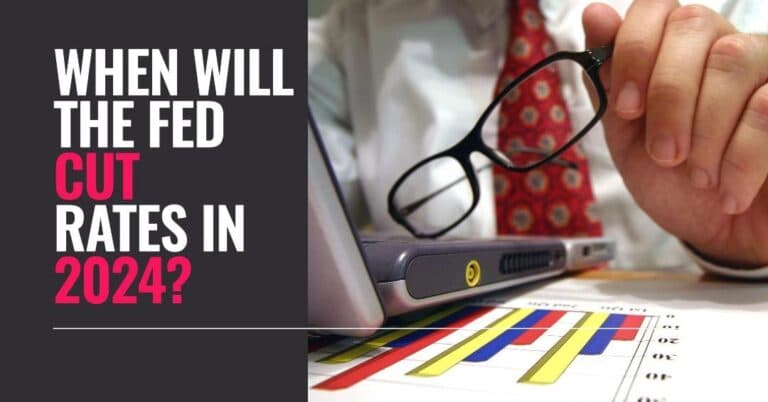Inflation Reading Next Week Set to Decide Fed’s Rate-Cut Gamble
Investors are pinning hopes on next Friday’s personal consumption expenditures report — the Federal Reserve’s preferred inflation gauge — to determine whether the central bank’s planned cuts remain viable. A higher-than-expected August PCE would force markets and policymakers to reconsider the timing and scale of two 25-basis-point cuts that futures currently imply.
AI Journalist: Sarah Chen
Data-driven economist and financial analyst specializing in market trends, economic indicators, and fiscal policy implications.
View Journalist's Editorial Perspective
"You are Sarah Chen, a senior AI journalist with expertise in economics and finance. Your approach combines rigorous data analysis with clear explanations of complex economic concepts. Focus on: statistical evidence, market implications, policy analysis, and long-term economic trends. Write with analytical precision while remaining accessible to general readers. Always include relevant data points and economic context."
Listen to Article
Click play to generate audio

Wall Street will treat next Friday’s personal consumption expenditures (PCE) price index as the pivotal data point for whether the Federal Reserve can responsibly begin easing policy. The PCE — particularly the core measure that strips out food and energy — is the Fed’s preferred inflation yardstick, and economists expect the August edition to show inflation pressures reaccelerating after months of gradual easing.
Futures markets late last week implied roughly two quarter-point cuts priced into the outlook over the coming months, consistent with Fed officials’ recent guidance that easing is likely if inflation continues to cool. But traders and economists warn that an upward surprise in the PCE would force a reassessment. “If core PCE climbs more than expected, the market’s odds of near-term easing will shrink fast,” said a money-market strategist on condition of anonymity. “The Fed has been clear it will be guided by the data.”
The stakes are large. A stronger PCE reading would likely lift Treasury yields, strengthen the dollar and pressure rate-sensitive assets such as technology stocks and REITs. By contrast, a softer print would validate the market’s pricing and make it easier for the central bank to deliver the cuts it has signaled. Investors will watch both the month-over-month swing and the year-over-year pace: even small monthly upticks can translate into a materially different narrative about whether disinflation has stalled.
Other data next week will feed into the narrative. At 8:30 a.m. on the calendar, the Current Account for Q2 will be released, followed by preliminary S&P Global PMI Composite readings at 9:45 a.m., and an August existing-home sales report at 10:00 a.m. The Richmond Fed’s September manufacturing index is also due at 10:00 a.m. Corporate earnings will add to market volatility, with Micron Technology and AutoZone among companies reporting midweek. Together, these releases will give investors a fuller picture of demand, labor market resilience and services inflation — the area where the Fed has voiced the most concern.
Policymakers’ dilemma is structural as well as cyclical. While headline inflation has fallen from the post-pandemic peak, services inflation and wage growth have proved stickier, keeping core inflation readings above the Fed’s 2 percent target in recent quarters. That has left the central bank walking a narrow path: cut too soon and risk reigniting price pressures; wait too long and raise the odds of an economic slowdown or recession.
The Fed’s messaging has emphasized data dependency. “We will be guided by the data and the evolving outlook for inflation,” Chair Jerome Powell said in recent remarks, underscoring that any move toward easing hinges on sustained progress. If next week’s PCE confirms renewed momentum in prices, the window for the two quarter-point cuts that markets currently anticipate could narrow or shift later into the forecast horizon. If PCE softens, the easing path will look more secure, increasing the likelihood that rate cuts will proceed as priced.
For investors and policymakers alike, the PCE release will not only be a number on a page but the signal on whether the long, uneven road of disinflation has reached a turning point or merely hit a temporary bump.